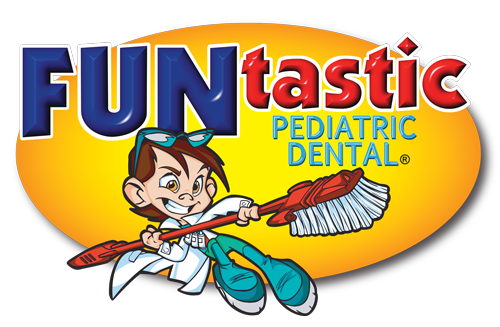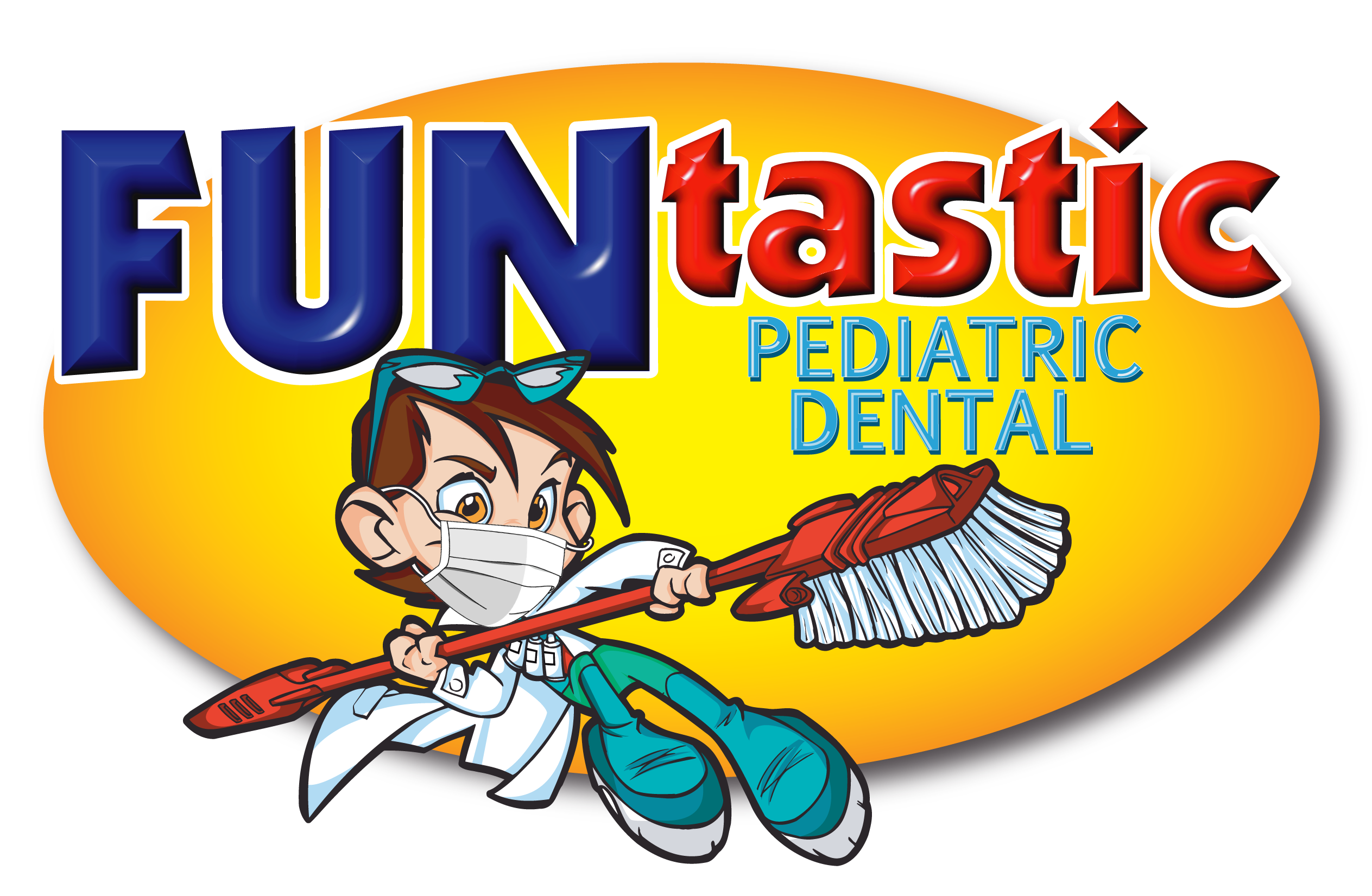Fluoride Treatment
Fluoride is a mineral found in nature that helps strengthen teeth and protects them against cavities caused by dental decay. Decaying teeth occurs when sugars in food and drink combine with bacteria in the mouth to form a sticky coating on the teeth, such as plaque and plaque acids. If plaque and acids are not eliminated from your teeth as soon as possible, they will likely cause damage to your teeth. Plaque acids eat away at the tooth’s outermost layer, revealing the softer inner parts, which are more vulnerable and can inflict discomfort. If left untreated, decay will gradually reach the pulp, which is the innermost portion of the tooth and contains the roots. If the roots get infected with decay and bacteria, they will be unable to supply the necessary blood and nutrients to the tooth, resulting in the tooth-rotting and falling out or needing extraction.
When used at least twice a year, fluoride treatments have been found to be particularly beneficial in providing extra protection against tooth decay. As a result, several dentists now have fluoride injections in addition to the routine six-month dental check-ups. It is particularly recommended for patients who are more likely to develop cavities.


